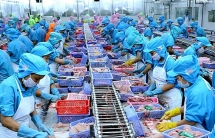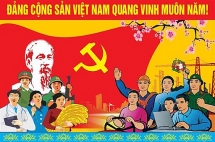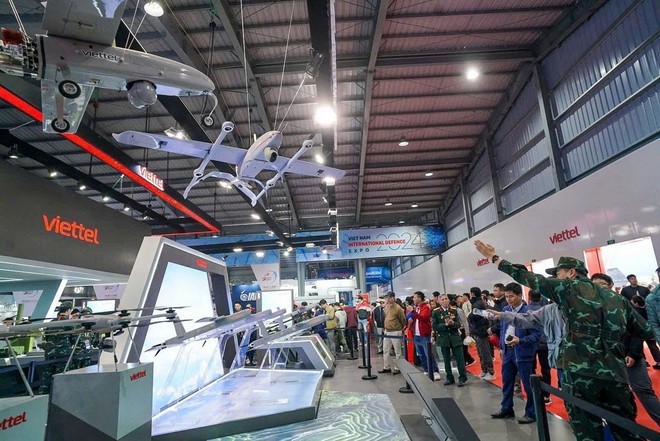Vietnam People's Army: The foundation and development
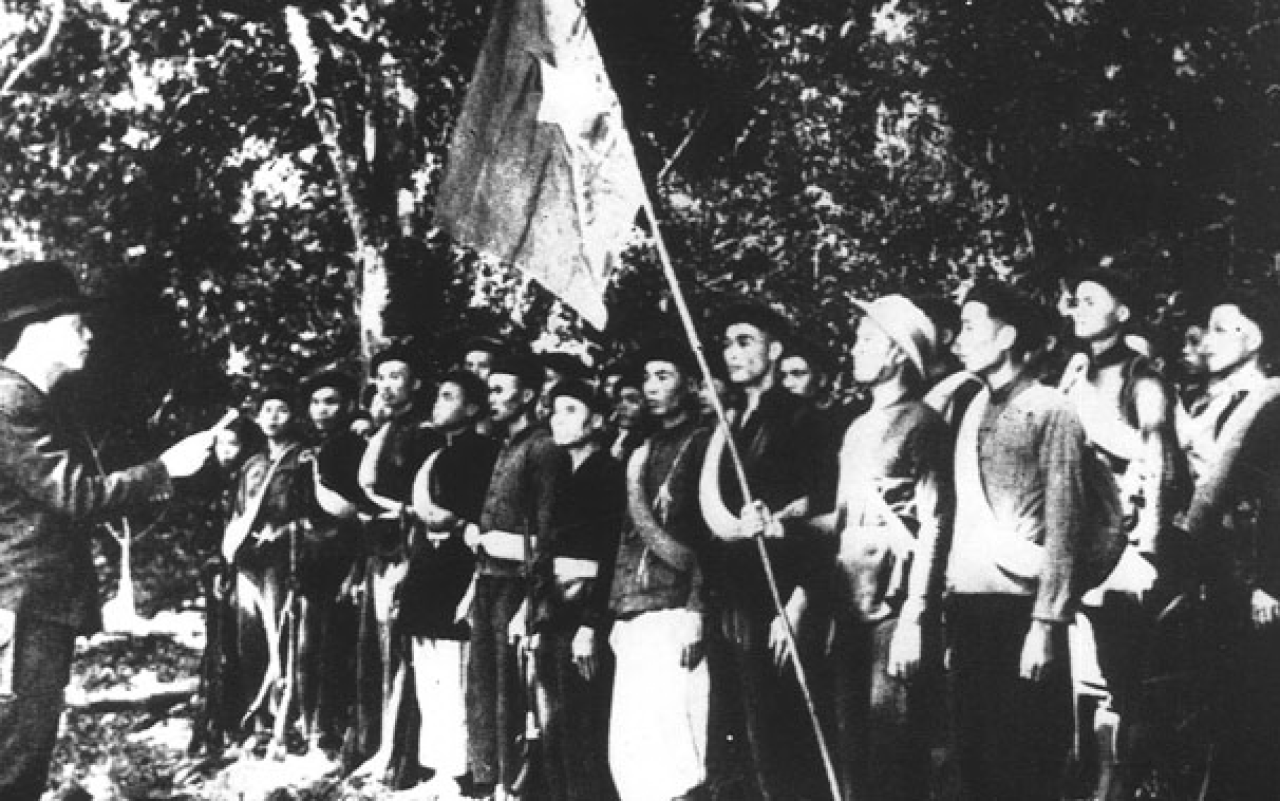 |
| The Vietnam Propaganda Unit of Liberation Army, forerunner of the VPA, established on December 22nd 1944. (Photo: VDP) |
History: Vietnam People's Army in early days
The forerunner of the VPA is the Vietnam Propaganda Unit of the Liberation Army, the first main force established on December 22, 1944 under the directive of late President Ho Chi Minh.
At the time of its founding, the Propaganda Unit of the Liberation Army, with only 34 cadres and soldiers, soon displayed the tradition of the nation's struggle against foreign invaders and the military art of "using the few to counter the many and the small to defeat the big." In its early days, the first regular troops of Vietnam attained resounding feats of arms, liberating large areas to establish the bases for the struggle for independence, beginning the VPA's tradition of "determined to fight and determined to win". On May 15, 1945, the Vietnam Propaganda Unit of Liberation Army merged with the National Salvation Army and was renamed the Liberation Army, becoming the main military force of the Front of Vietnam Independence League during the General Uprising to seize state power in the August Revolution in 1945.
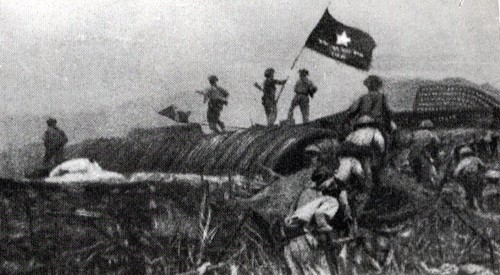 |
| The flag of “determined to fight and determined to win” in the Dien Bien Phu Battle, May 1954.(Photo: VDP) |
Vietnam People's Army: Development (1945-1954)
From 1945 to 1954, the VPA developed by leaps and bounds in both manpower and combat strength. Shortly since the Independence Day to November 1945, the Liberation Army developed from a small group into a 50,000 strong National Army of Vietnam organized into 40 detachments. In 1950, the latter was renamed the Vietnam People's Army. At that time, the important regular multi-regiment units (equivalent to pisions), namely, 308, 304, 312, 320, 316, 325 and 351, were established one after another, and have so far remained the main force units of the VPA. From a small troupe with only several hundreds soldiers during the General Uprising, the VPA grew into an army of powerful regular pisions, achieving outstanding feats of arms, of which the greatest was the Historic Victory of Dien Bien Phu, where the French scheme to re-establish its colonial regime was resolutely defeated.
Vietnam People's Army: Missions during war time
After the 1954 Geneva Accords were signed, Vietnam was temporarily pided into two parts. The Vietnamese people assumed the two strategic tasks of the socialist construction in the North and the struggle for national reunification. The VPA's missions then were to develop into a more regularized army that could both safeguard the socialism in the North and join the struggle for the liberation of the South to achieve national reunification.
On February 15, 1961, the South Vietnam Liberation Army, the military force of the South Vietnam Liberation National Front, was founded on the basis of merging the local armed forces with reinforcements from the North. Upon the direct intervention of US troops, the VPA, shouldering with the people and other armed forces, launched the all-people, all-round, long-lasting and arduous war, accomplished miracles with the 1968 Spring General Offensive and Uprising as a typical instance, and the fought back against the sabotage wars conducted by the US Air Force and Navy on the North, with "Dien Bien Phu Battle in the Air" in December 1972 as the pinnacle; with the successful ending by the historic Ho Chi Minh Campaign on April 30, 1975 resulting in the reunification of the country, and opened a new era of development for Vietnam.
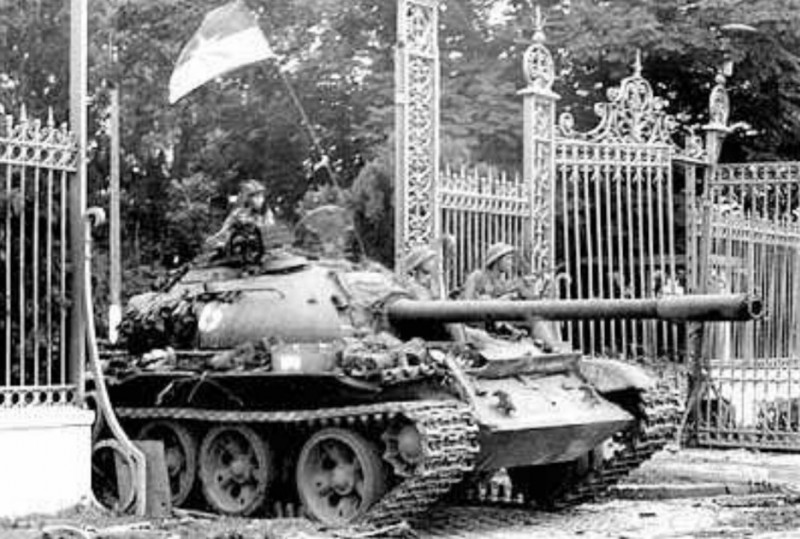 |
| South Vietnam Liberation Army’s tank entered the Independence Palace on April 30th 1975. (Photo: VDP) |
After the 1975 historic victory, the VPA with the whole people again won the wars for border protection, preserved the Homeland's independence, sovereignty, unity and territorial integrity.
Right after the end of the national salvation war against American aggressors, the genocide regime headed by Pol Pot in Cambodia incited nationalist resentment and launched the border encroachment war in the south-west border of Vietnam. Pol Pots' clique committed numerous barbarous massacres against the Vietnamese people living along the border, and at the same time, conducted the policy of genocide against the people of Cambodia. To protect the Homeland, on December 23, 1978, the VPA launched the strategic counter-offensive and smashed the Pol Pot army's attacks. Then, in response to an urgent appeal from the Cambodian people and the Kampuchean National United Front for National Salvation, Vietnam's military volunteers, along with the Cambodian armed forces, annihilated 21 Pol Pot pisions and put an end to this brutal genocide regime.
Vietnam People's Army: Missions in peacetime
When the country embarked upon the period of peace and construction, the VPA adjusted its organizational structure and equipment, and downsized its strength by nearly two thirds. Generations of VPA officers and soldiers continue to display the fine tradition and nature of "Uncle Ho's Soldiers" and always faithfully fulfil their functions as an army ready for fight, for work and for produce, worthy of late President Ho Chi Minh's praise of "Our army, loyal to the Party, pious to the people and ready to fight and sacrifice their lives for independence and freedom of the Homeland, and socialism, will fulfil any tasks, overcome any difficulties and defeat any enemies."
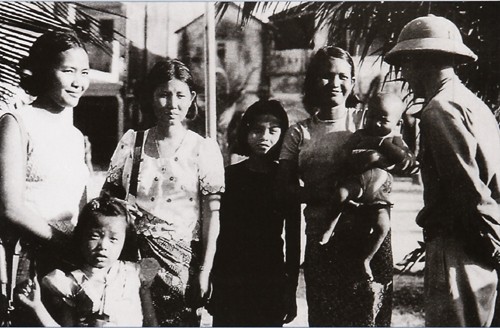 |
| Vietnam’s military volunteers helping Cambodian people build the new lives. (Photo: VDP) |
Functioning as an army ready for work, the VPA has always maintained its close ties with the people. Being one of the core forces participating in mass mobilization, the VPA units have actively conducted that work. Many of them have taken the lead in socio-economic development in remote and secluded areas, taking part in search and rescue operations, natural disaster relief, and flood and storm prevention. The VPA has also joined in the work of hunger elimination and poverty alleviation, contributing to the improvement of the people's material and spiritual life, striving to achieve by 2010 the goal of hunger elimination and poverty alleviation for 100,000 needy households.
As an army ready for produce, VPA units have made the most of such potential as labour, land, techniques, etc., to promote production activities and generate on-spot supplemental products that contribute to stabilizing and considerably improving the servicemen's quality of life. VPA factories and enterprises have manufactured various types of weapons and equipment necessary for modern operations that meet the army's requirements of combat readiness and combat. Many VPA units engaging in production and business have effectively conducted their operations to become the country's major economic organizations, pioneering the combination of economy with defence, thus making worthy contributions to the nation's socio-economic development and defence-security consolidation. VPA businesses have joined a number of the nation's major projects and ventures such as the Ho Chi Minh highway, North-South 500KV electric grid, services for petrol and gas exploitation, and hydroelectric station constructions at the Da River and Dray H'ling. There are 98 VPA businesses at present operating in various fields of the economy, such as flight services, seaport services, telecommunication, and ship-building industry. Their export commodity and service turnover is ever increasing.
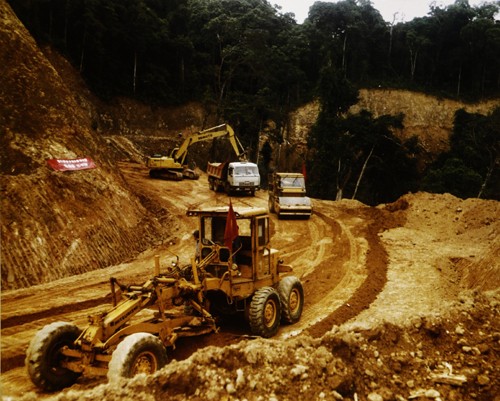 |
| The VPA business implementing the Ho Chi Minh Highway Project to contributes support for the cause of industrialisation and modernisation of the country. (Photo: VDP) |
Fulfilling its basic function of combat readiness and combat to protect national independence, sovereignty, unity, territorial integrity, and interests, the VPA is organized in the direction of making it highly-skilled and compact, supplied with necessary modern weapons and equipment, regularly trained, and ready to complete any assigned tasks.
| At the moment, the VPA has 450,000-strong active forces including main force and local force, and a 5-million-strong reserve. The main force, the core of the VPA, comprises the mobile force of the corps, services, arms, the main force of the military regions and technicians and professional personnel. Besides readiness-training units and combat units, there is a complete system of logistic support units, technical support units, academies, research institutes, officer-training institutions and professional and vocational schools at various levels. |
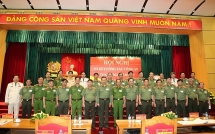 | History of People's Public Security of Vietnam Since its foundation in 1945, the Vietnam People's Public Security (PPS) has always received direct leadership, continuous training from the CPV and Uncle Ho, as ... |
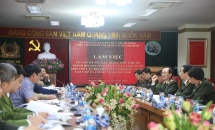 | Vietnamese Ministry of Public Security: Political background of candidates for next term Party committees Vietnamese Ministry of Public Security, on Marth 12, held a meeting with the Central Organization Commission and the Ho Chi Minh National Academy of Politics ... |
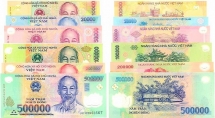 | Visa, Custom and Currency in Vietnam For non-residents, this is an essential overview of current visa procedure, custom and currency in Vietnam. |
Recommended
 Focus
Focus
Vietnam Leaves Imprints on the World Peacekeeping Map
 Viet's Home
Viet's Home
“Global Vietnamese Singing 2025” - Connecting Hearts Longing for Homeland
 Viet's Home
Viet's Home
Vietnam’s People's Public Security Force Actively Contributes to UN Peacekeeping Operations
 Viet's Home
Viet's Home
HAUFO Enhances Competence of People-to-People Diplomacy Personnel
 Viet's Home
Viet's Home
Hands that Reserve Da Long Brocade Craft
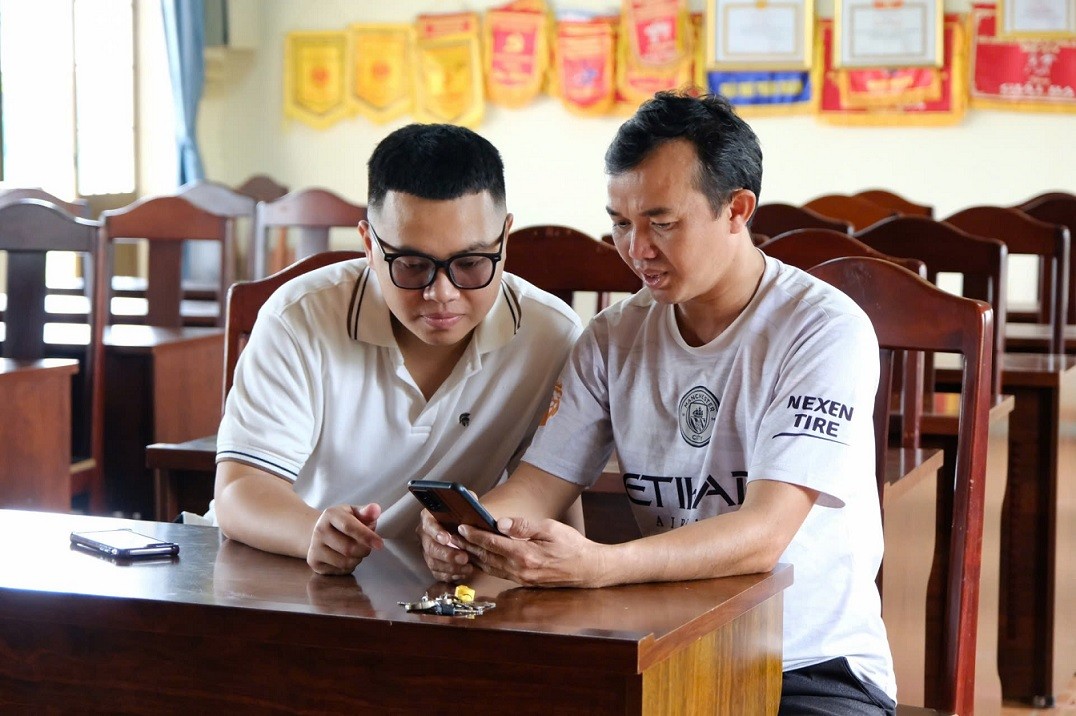 Viet's Home
Viet's Home
Da Rsal – How Digital Transformation Reshape a Poor Commune
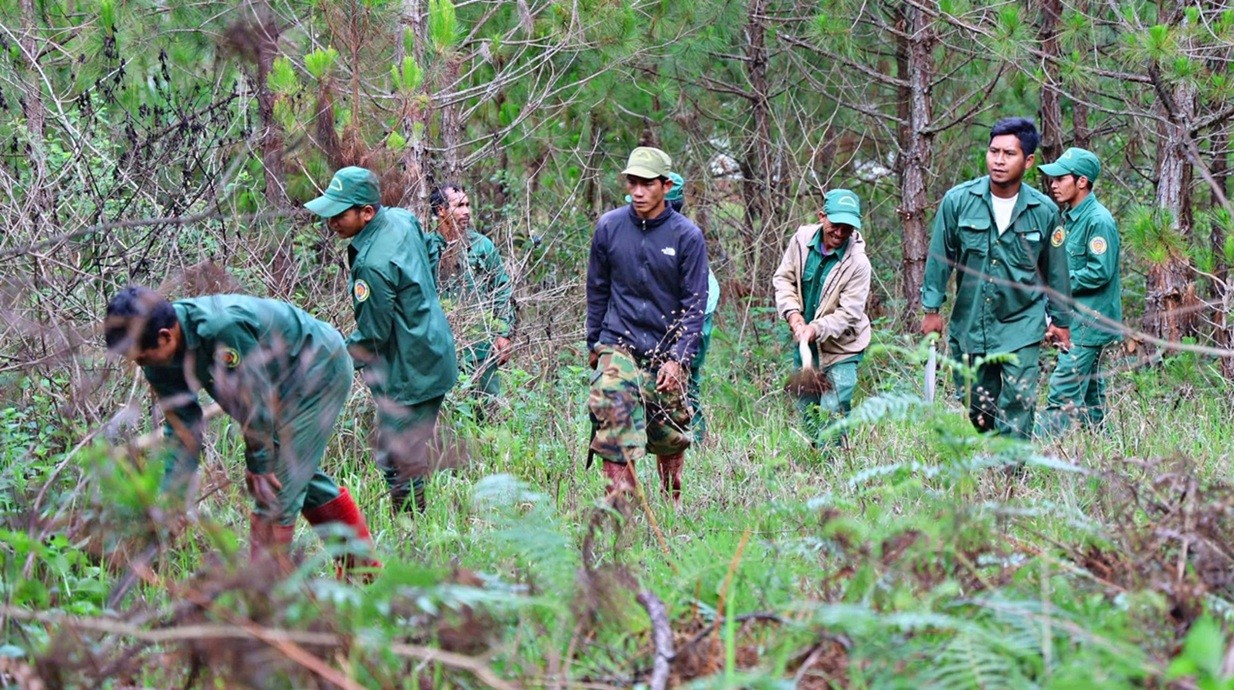 Viet's Home
Viet's Home
Vietnam Classified as “Low Risk” Under the EU Anti-Deforestation Regulation
 Viet's Home
Viet's Home

